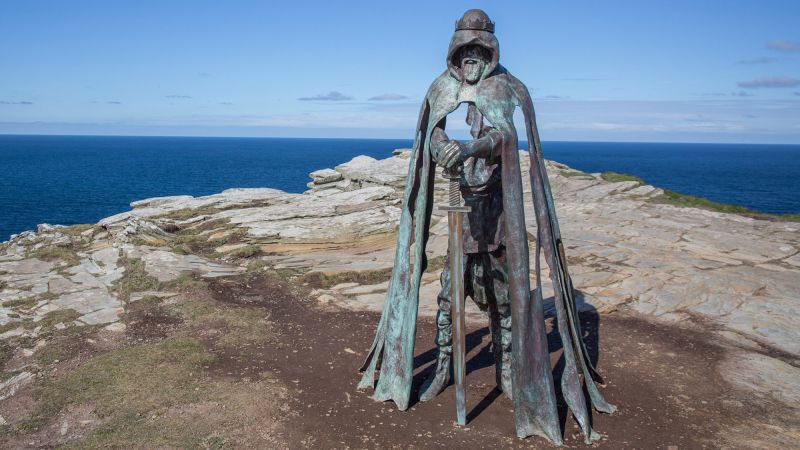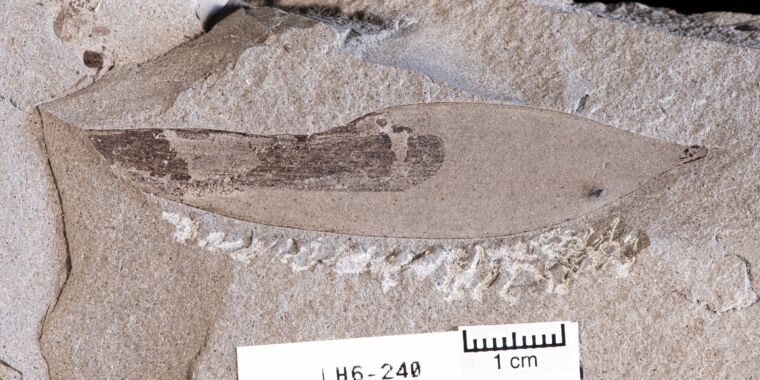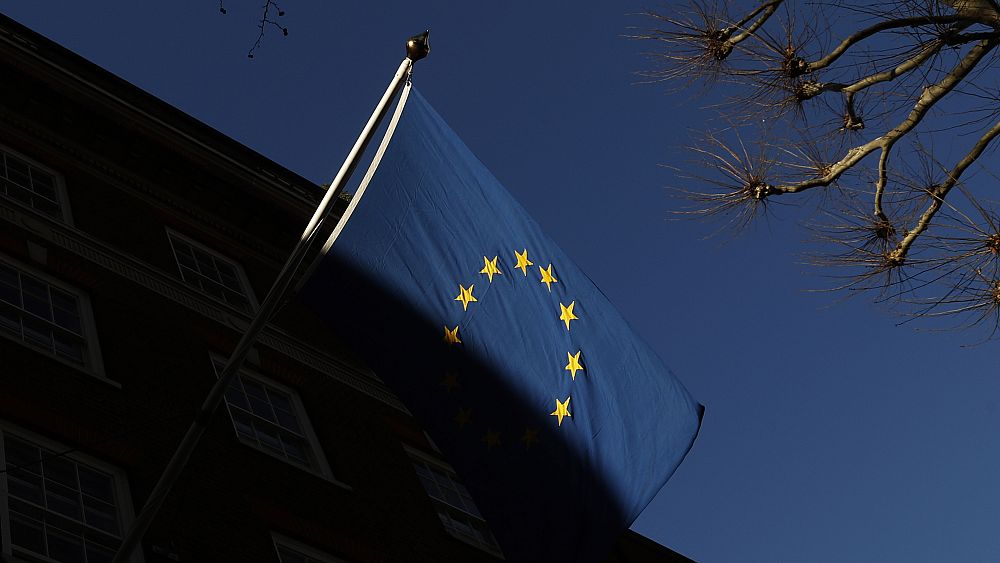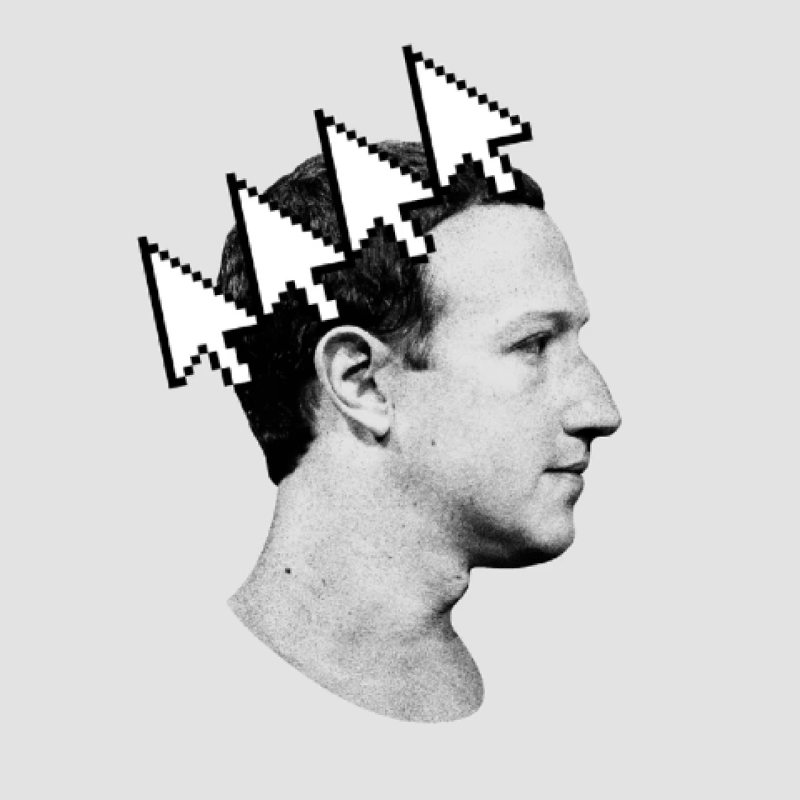
King Arthur left an ancient trail across Britain. Experts say it offers clues about the truth behind the myth
Editor’s note: Sign up for Unlocking the World, CNN Travel’s weekly newsletter. Get news about destinations, plus the latest in aviation, food and drink, and where to stay.
He’s the mythical Celtic warlord who held out against the Anglo Saxon invasion of what would come to be called England. His right-hand man was a wizard, he was handed his famous sword by a deity, and he was a romantic — and chivalrous — hero.
Oh, and he isn’t dead. He’s merely asleep, and will rise again when the time is right to expel the invaders and turn Britain back into a Celtic land.
He is, of course, King Arthur, a figure so imbued with beauty and potential that even across the pond, JFK’s presidency was referred to as Camelot — Arthur’s mythical court. But was there a real man behind the myth? Or is he just our platonic ideal of a hero — a respectful king, in today’s parlance?
Today, Arthur’s supposed exploits have left behind a tourist trail across the UK and beyond, with scores of sites claiming connections to his myth.

























